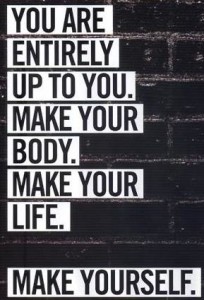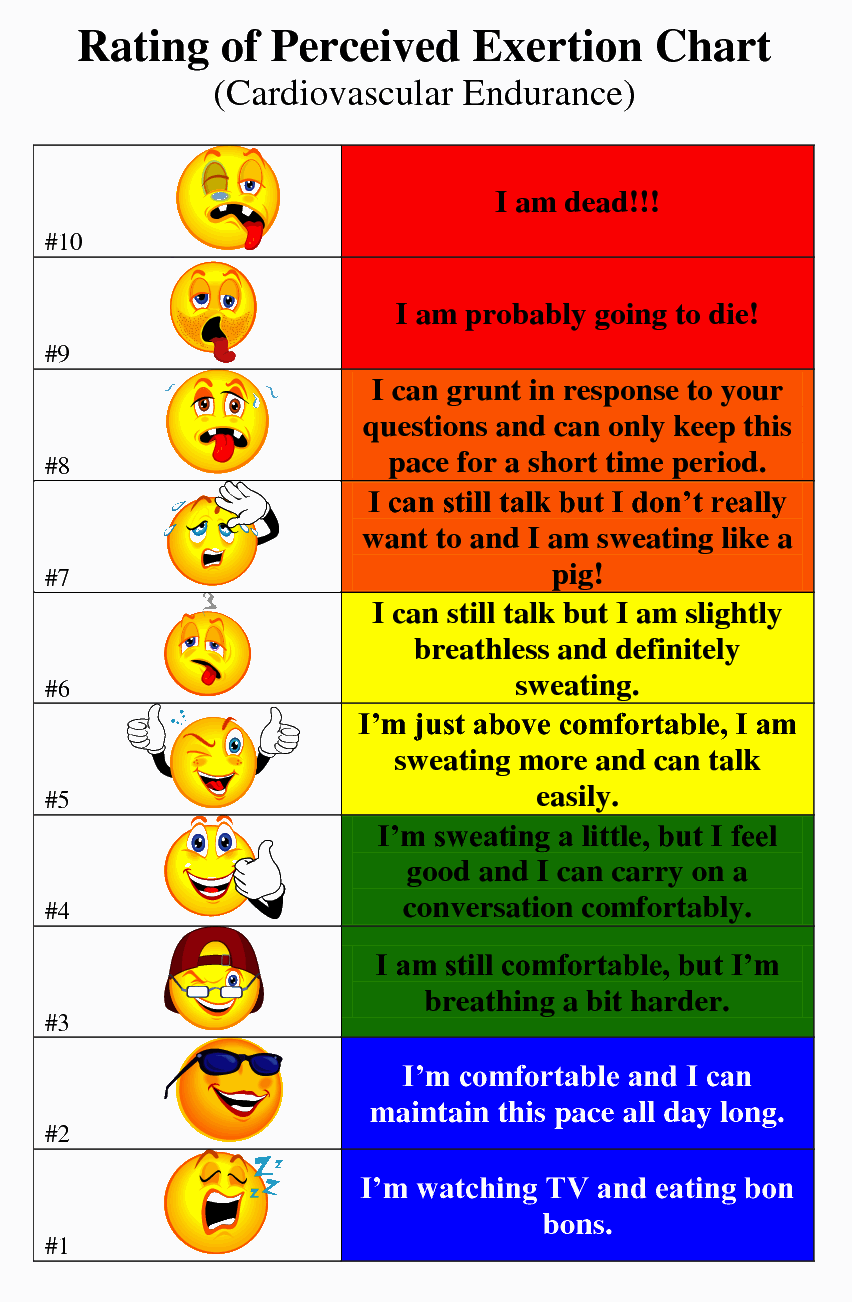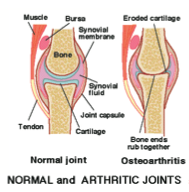How to Take Control of Your Body This Year
With every New Year the process of choosing New Year’s resolutions and seeing them to completion can be a daunting task. But don’t let it be! Let’s approach the New Year with an open and refreshed mind!This year, take control of your body’s health and have FUN doing so! You have the power to take care of your body and make real and lasting change.
Often our bodies take a toll with our busy and demanding lifestyles. The key to making real and lasting change is forming new and improved habits. Instilling new habits will require attention and work but change doesn’t occur without action.
START by taking responsibility to perform basic maintenance on your body.
- Improve the positions you adopt – Do you sit for most of the day? Take breaks every hour to stand up and move around. When you do sit be aware of maintaining neutral posture (if you would like to learn more, come by the clinic we can show you how). When you stand or walk – monitor the position of your feet, try to keep them pointing straight.
“KEEP IN MIND – OUR BODIES TEND TO MOLD THEMSELVES INTO THE POSITIONS IN WHICH WE SPEND THE MOST TIME. ”
- Improve the health of your body tissues – All it takes is just 10 minutes a day of maintenance work, everyday. Utilize tools such as a foam roller and/or lacrosse ball to address the ‘hotspots’ of your body that are tight and stiff as well as areas around them. Doing so will help improve overall mobility.
- LISTEN TO YOUR BODY – Your body is your friend, take care of it. Pain or discomfort is a sign that you are in a bad biomechanical position. Consider pain as signals that you need to improve your positions, mechanics and tissue health.
- Make time for you to succeed – In the midst of our busy and hectic schedules we can find the time to take care of ourselves. Start with just 10 minutes a day. It can be as easy as foam rolling and stretching when watching TV.
When it comes to performing maintenance on your body, it is not a one-size-fits-all approach. Everyone is unique and may require different programs. Book in an assessment today if you’d like a regime catered to you!
If you have any questions about performing basic maintenance on your body, you can talk to any health care professional at Form and Function Clinic. We would be happy to assist you in answering your questions and help provide you with tools to build a healthy body.



 Symptoms may include:
Symptoms may include: